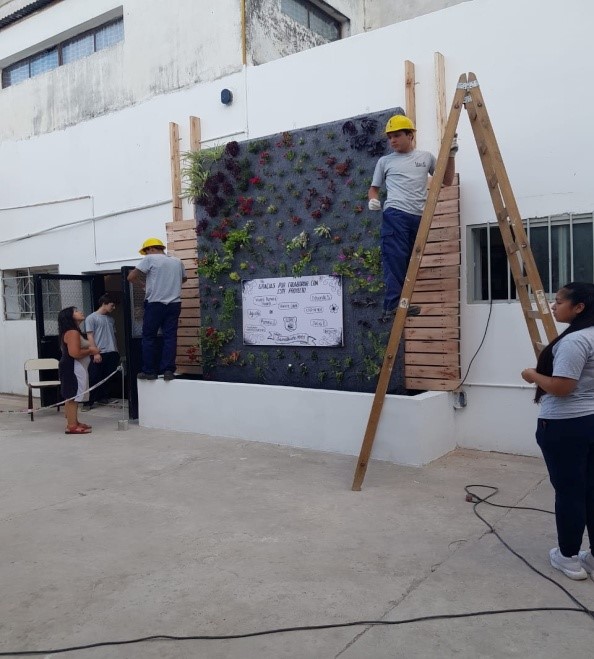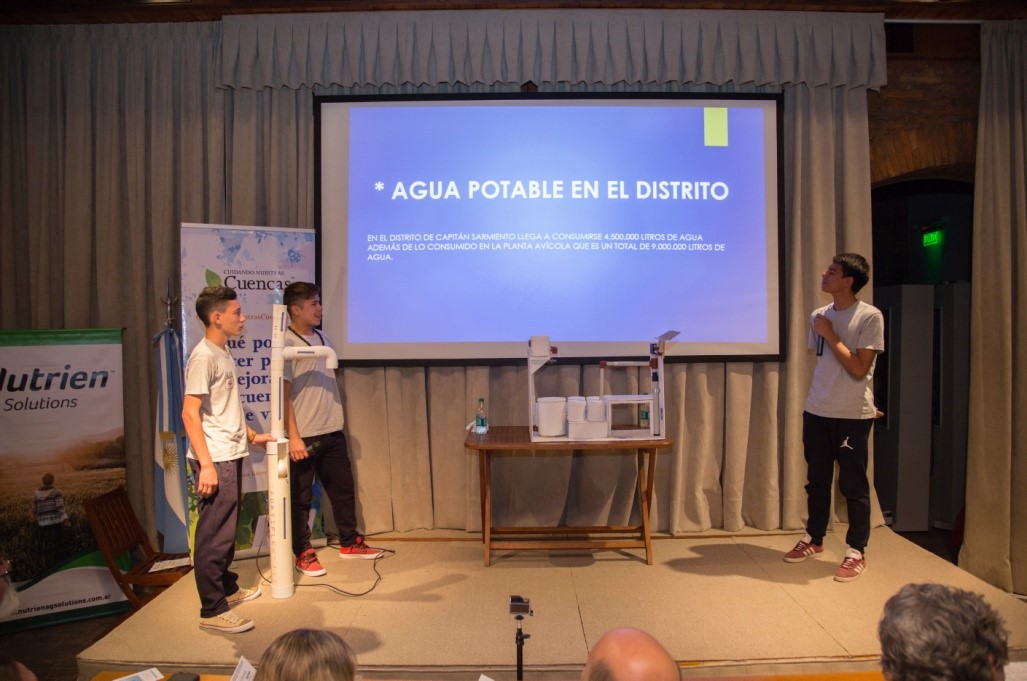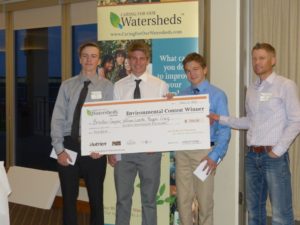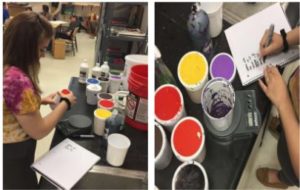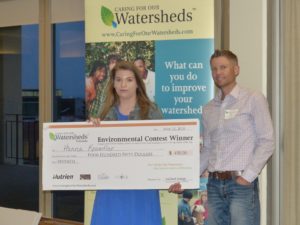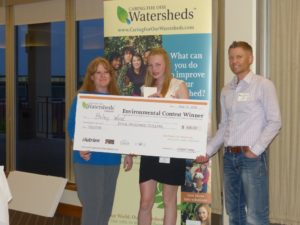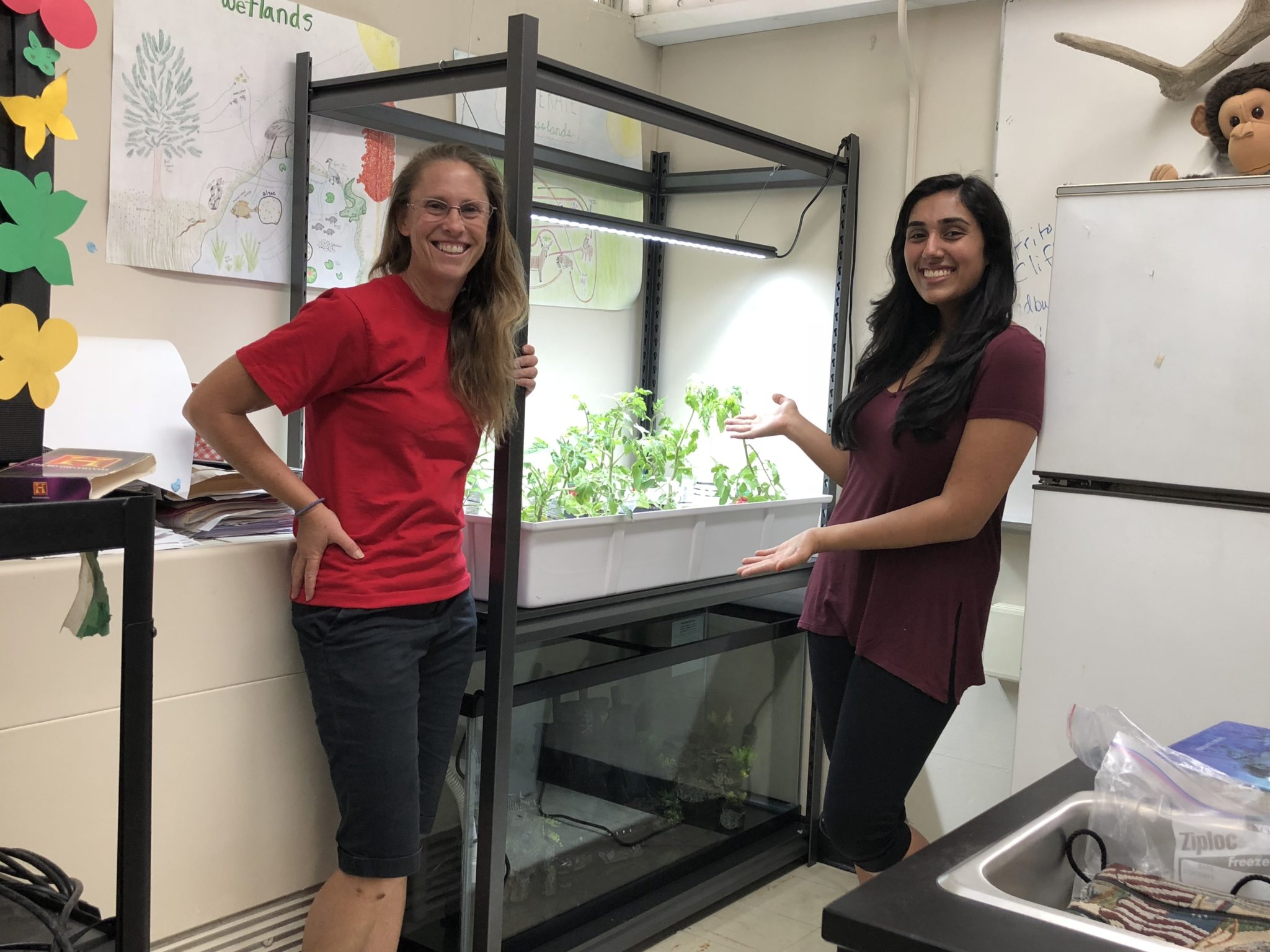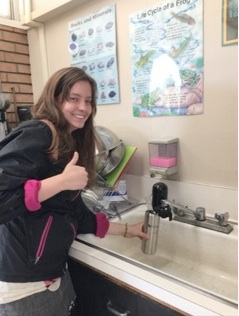2018, Calgary, Alberta, Canada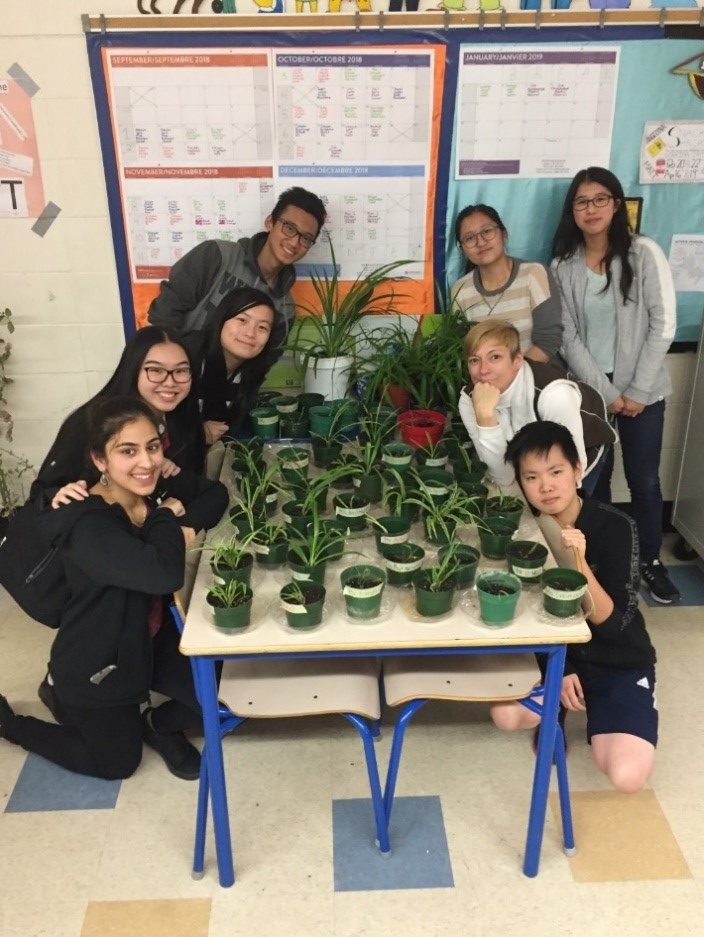
In 2018, Alicia Poovong of Lester B. Pearson School in Calgary, Alberta placed sixth in the 2018 Caring for Our Watersheds contest with her project “Plants Improving Air Quality”.
Alicia is a passionate gardener and active member of her high school’s gardening club. While working with the club, Alicia and her teacher saw an opportunity to improve the air quality of their school by placing air purifying plants throughout various classrooms and learning spaces. By identifying concerns with high amounts of carbon emissions and urban byproducts that pollute our air and contaminate our drinking water sources, Alicia saw a strong connection between the quality of the air we breathe and the health of our Bow River Watershed.
Starting small-scale, Alicia had a positive impact on the air quality of her school by growing and distributing air filtering plants such as spider plants, ferns and ivy, to name a few, in and out of Lester B. Pearson.
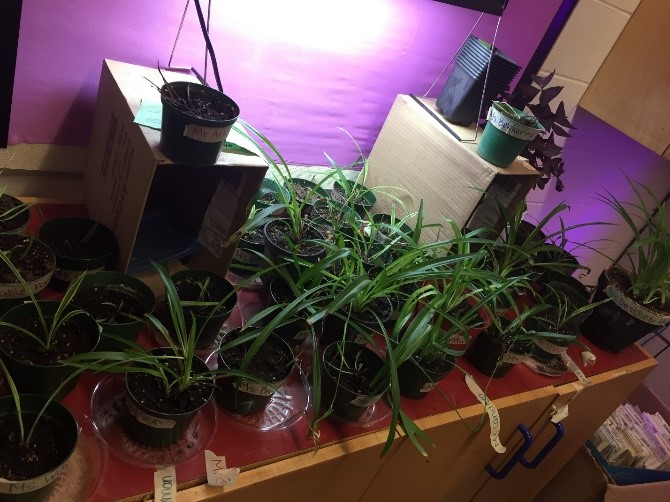
Her and her teacher have also set up growing stations with UVA/UVB plant lights and solutions to local pest insects, to ensure the survival and health of these beneficial plants. Through partnerships with her school administration, Gardening Club, the Caring for Our Watersheds program, fundraising and community donations, she hopes to keep this viable, low-cost benefit to our neighbourhoods and watershed going for future students in the years to come.
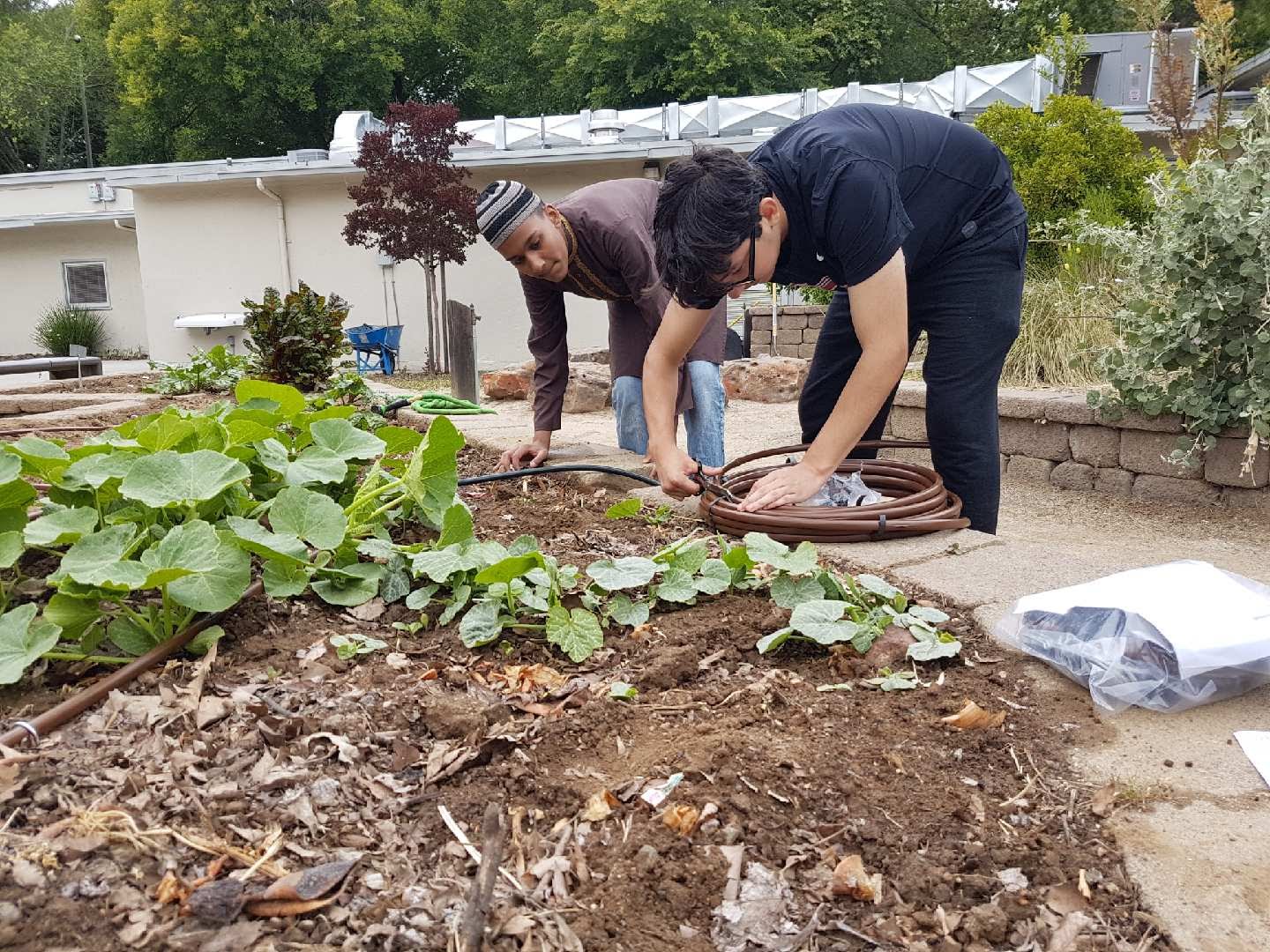


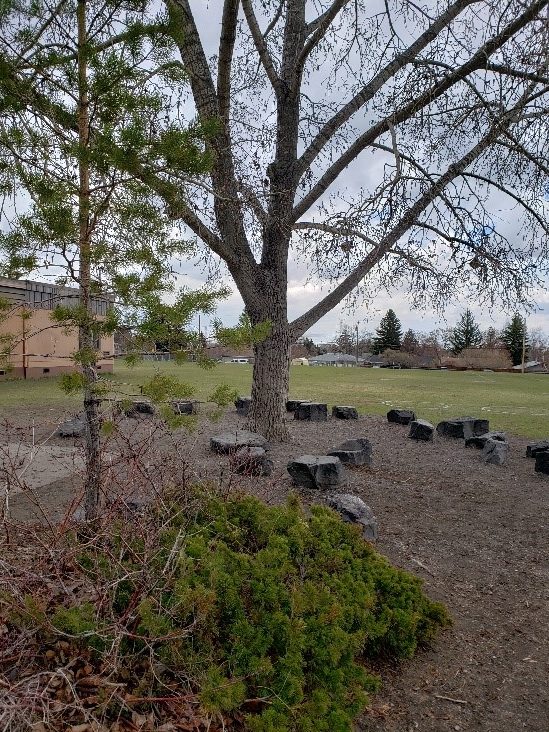
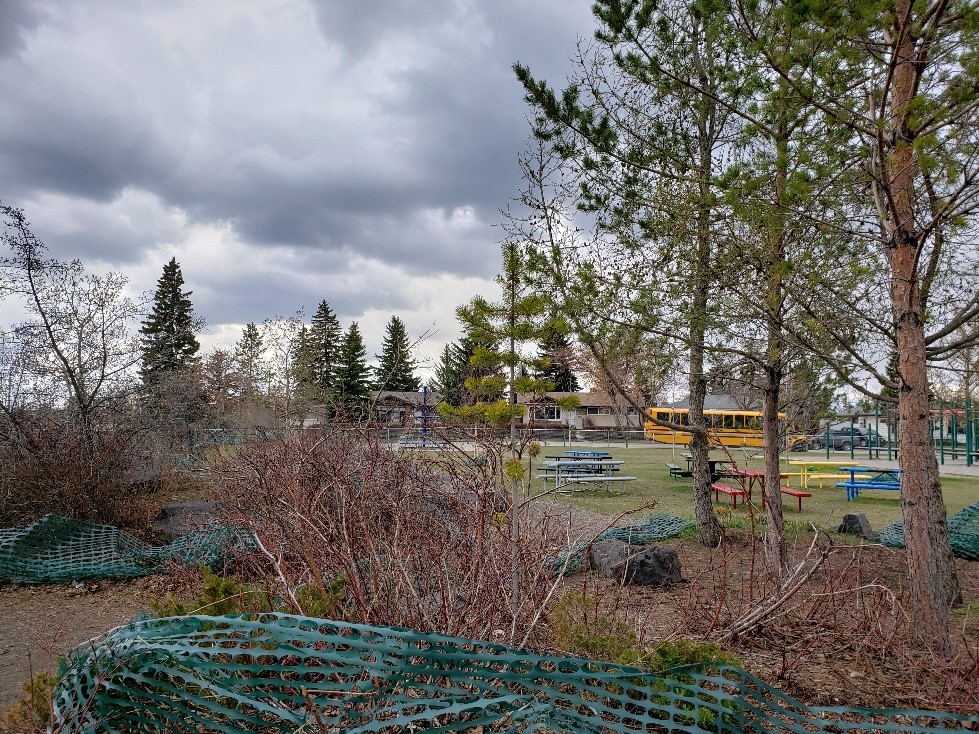
 2018 Capitan Sarmiento, Buenos Aires, Argentina
2018 Capitan Sarmiento, Buenos Aires, Argentina